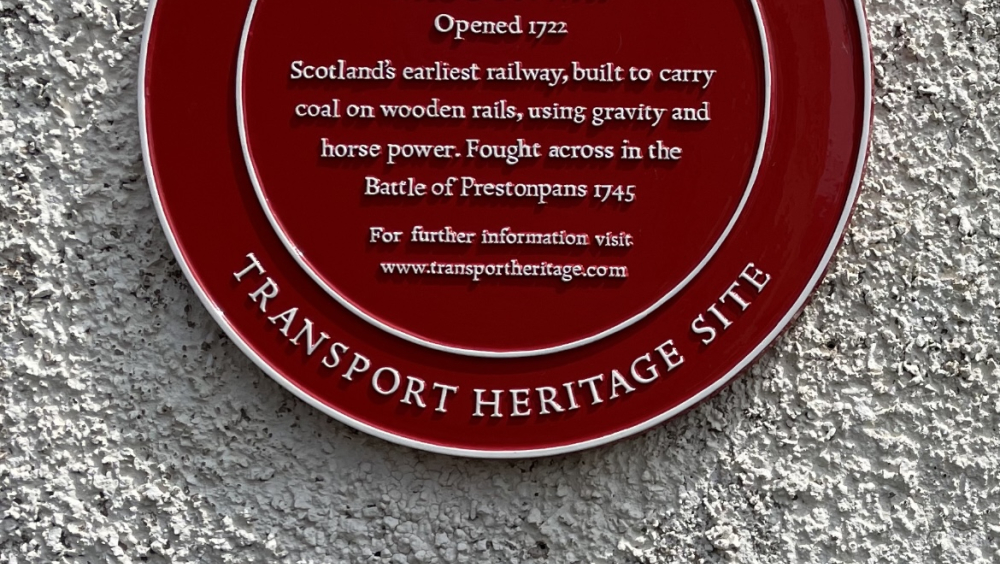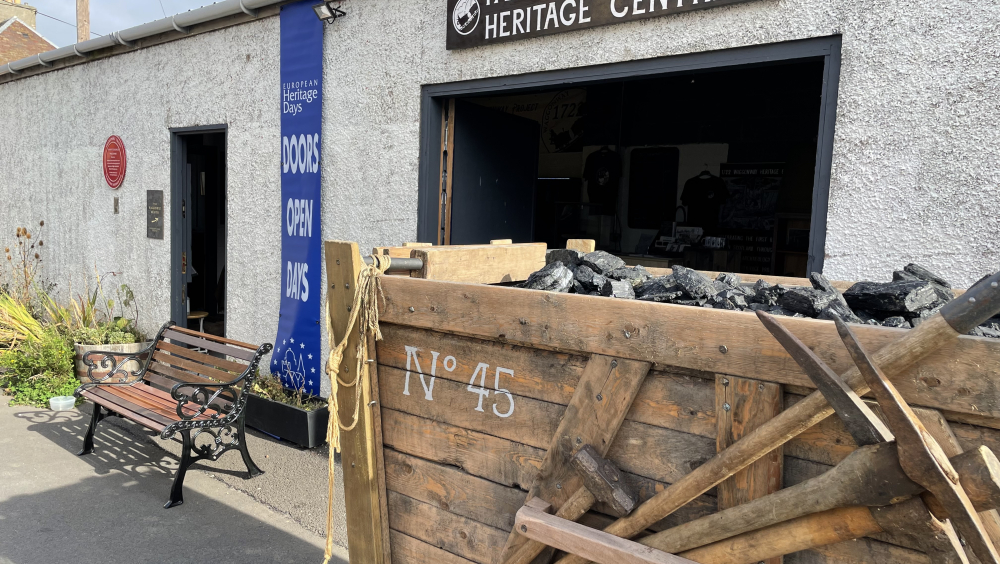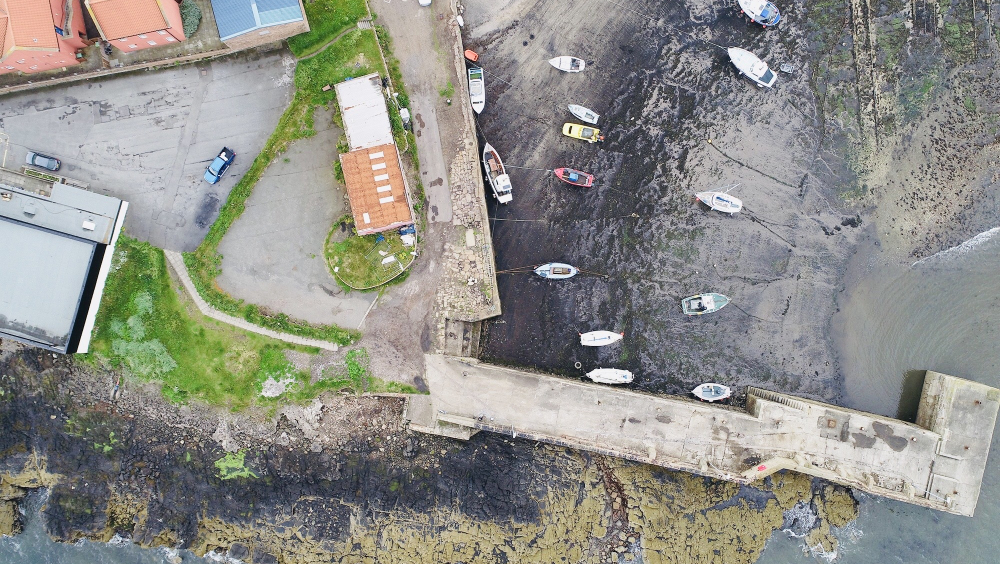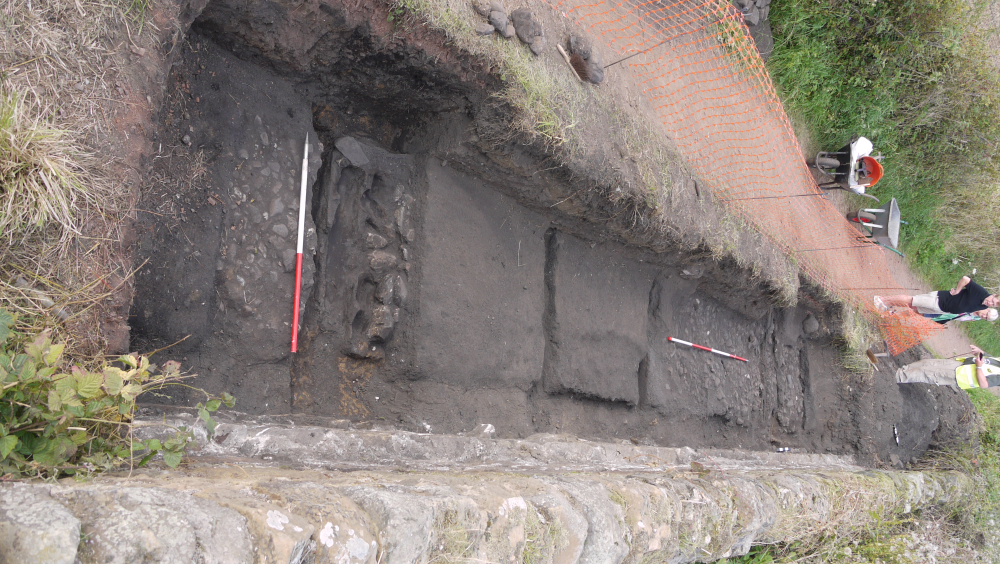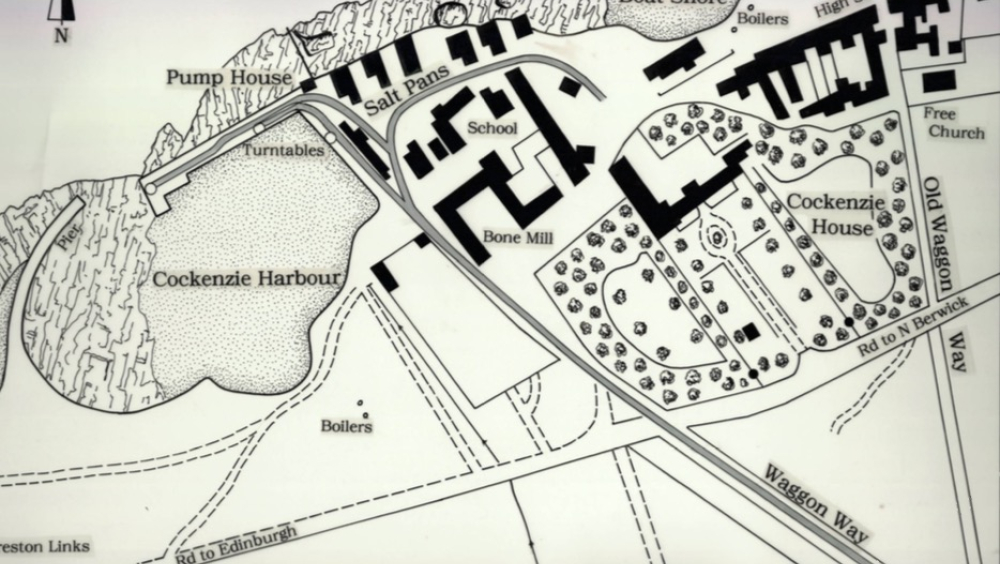1722 Waggonway - 300 years of heritage
The Tranent - Cockenzie Waggonway was Scotland's earliest railway. Constructed in 1722, it transported coal from the mines to fuel the salt pans on the coast, providing the vital fuel source for an industry which was essential for the nation's prosperity during the 18th century. As these industries brought prosperity, the local owners and merchants of Cockenzie & Port Seton utilised the area's historic links with northern Europe by trading coal and other commodities with ports formerly part of the Hanseatic League. Years passed and owners changed, and eventually the line, now an iron railway, closed around 1875.
Fast forward to 2017, and a group of locals in Cockenzie became aware that the waggonway and the industries it served, were a heritage asset in dormancy. Over the next 5 years, the newly formed 1722 Waggonway Project would reveal the history and unique archaeology of the waggonway through volunteer-led community projects, open a small museum and celebrate the diverse heritage of these industries through taking part in European Heritage Days (Doors Open Days) events.
In November 2016, following a coastal archaeology walk arranged by Great Scottish Tapestry artist Andrew Crummy, renowned archaeologist & illustrator Alan Braby and conservation architect Gareth Jones, local historian Ed Bethune arranged a meeting with them to discuss what could be done to research, and celebrate the 1722 Waggonway, Scotland's earliest railway, the route of which was now a footpath linking the towns of Tranent and Cockenzie.
Alan Braby, being an archaeologist, loves to get his trowel dirty and suggested that some surviving remnants of the 1815 iron railway might lie just under the surface debris at Cockenzie Harbour. Some very light scraping on 1st December 2016 revealed that some remains did indeed survive in situ, and in remarkably good condition.
This was the catalyst for the small group to become a little larger. The will was there to conduct a full-scale archaeological dig at the quayside. It would be a community dig with members of the public able to come along and take part. The idea was put to East Lothian Council Archaeology Service (ELCAS) and, thanks to the archaeologist within the ranks, they were happy with the proposals. It also fitted well into their ‘Archaeology Fortnight’ events, held every September.
So, a formal organisation was needed to raise funds and allow the dig to happen, and we formed the 1722 Waggonway Project.
The group has achieved so much in such a short time, it has been a whirlwind.
In September 2017 the first of the group's community digs took placce, focusing on the Robert Stevenson designed Cockenzie Harbour, where the remains of two waggonway sidings dating from between 1815 – 1835 were uncovered. And as part of the same event, the group conducted some experimental archaeology and successfully made sea salt using a method written down by William Brownrigg in the 18th Century. This was the industry which the waggonway served with coal, for the furnaces. The salt making has continued and the group still runs regular salt making displays.
By the end of 2017, the group needed premises, and in January 2018 the rent of a workshop space at Cockenzie Harbour was taken, which allowed the construction of a replica wooden coal waggon which has become the centre-piece of the small Waggonway Museum, where visitors can learn the history of the railway and the industries it served.
September 2018 saw the excavation of further remains at Cockenzie Harbour, with a new area being tackled at a ruined salt pan house just along the coast. The dig at the harbour revealed another salt pan house and the highly significant remains of a turntable, a waggon tipper and a loading bay which was used to load coal onto ships for export all ocross northern Europe. Amazingly, Robert Stevenson’s plans for these items survive and the group were able to match them up to surviving remains and artefacts.
In June 2019, following extensive research, the group submitted proposals for a test trench across the route of the waggonway a little further inland, at a spot which it was suspected was undisturbed and some of the original wooden waggonway might survive beneath. This was correct, and the remains of the 1722 waggonway were discovered at a depth of 1m below the surface of the modern bridleway. This consisted of heavily decayed wooden rails either side of a cobbled horse path.
The amazing work of our community volunteers and the history of the waggonway was celebrated in 2019 through hosting a European Heirtage Day. Visitors enjoyed learning about the newly discovered archaeology, how the industries worked and the European trading links which were crucial to the success of this area.
A further dig had been agreed with ELCAS to finalise plans for a further dig in spring 2020, which would see a longer stretch of the waggonway excavated, allowing a full assessment the level of preservation and further the understanding of 18th century waggonways. However the Covid-19 pandemic has called a halt on the dig, which eventually took place in September 2021, yeilding yet more incredible results. The remarkable remains of the waggonway and salt pan houses were revealed in their full glory - two unique and nationally important sites isn't bad for a quiet corner of East Lothian.
Except, it didn't used to be all that quiet. In the 18th century this was a thriving hub of industry and trade, not least because of the links with the Hanseatic League ports of northern Europe. Timber would arrive from Denmark, rapeseed and bones from Germany to name just a few. The coal and salt from Tranent and Cockenzie reached far and wide in return.
These links lasted centuries and we once again celebrated this in September 2021 by hosting another European Heritage Day, welcoming visitors to discover our latest findings. Guided tours of the historic harbour and salt pans were enjoyed by many, and the group were proud to promote the rich European heritage of the area.
So after 3 years, the group has become quite a bit larger, and achieved things it never would have thought possible.
Passion for history and archaeology is alive and kicking in our corner of East Lothian, and the 1722 Waggonway Project is doing it's best to make sure it stays that way.
1722 Waggonway Project is a membership organisation – join online at www.1722waggonway.co.uk
European Heritage is our shared history and experiences - life, work, trade and social interaction has defined who we are as international neighbours, friends and colleagues.
Many of the historic trade links between countires and areas within those countries have been forgotten, although the effect of those long-lost interactions has never been lost. We are the product of what has come before us, and in researching, celebrating and promoting the history of the links between the formerly significant European trade centre of Cockenzie & Port Seton and the ports of northern Europe, we can help future generations of Scots to understand the European links which were once key to the success of all.
